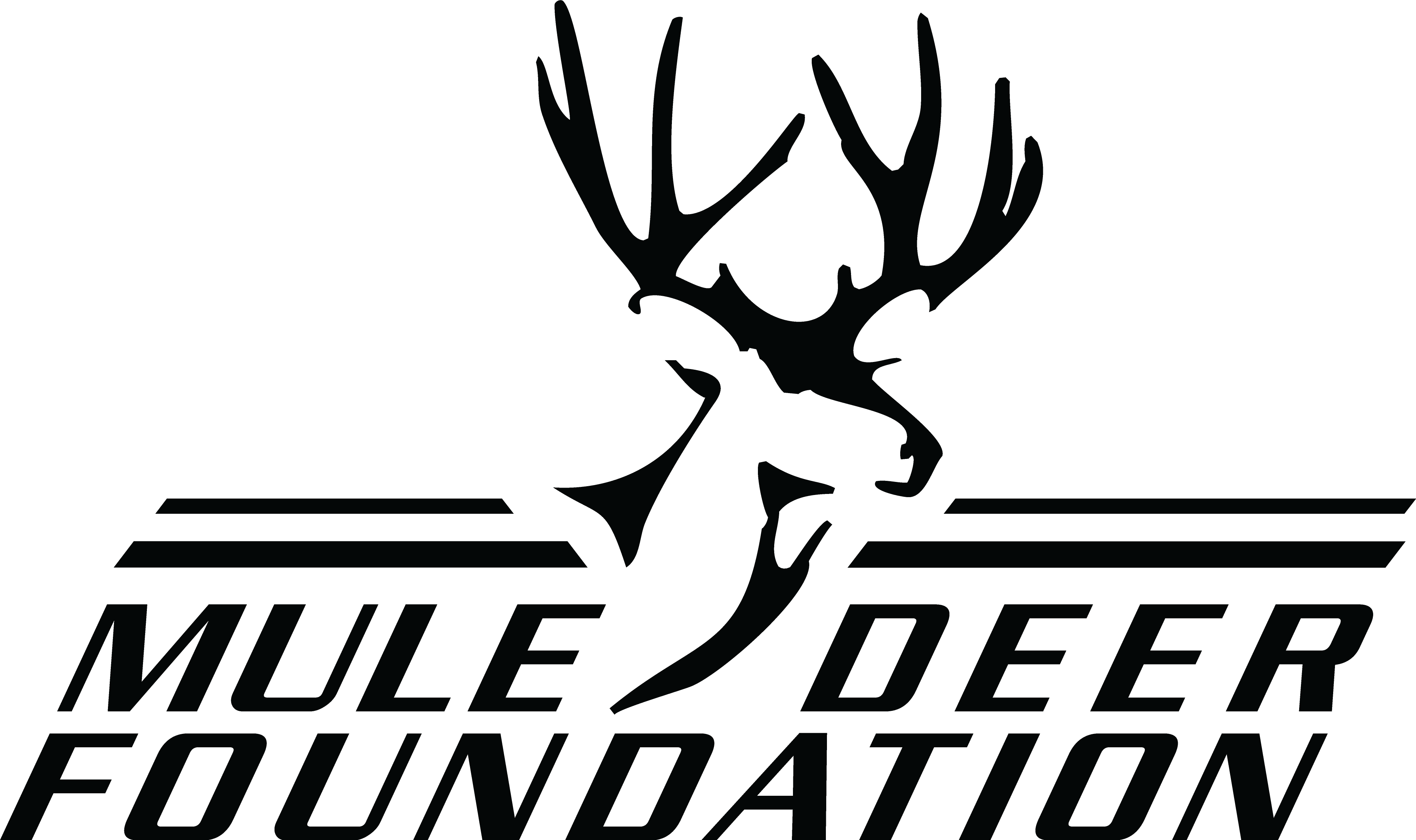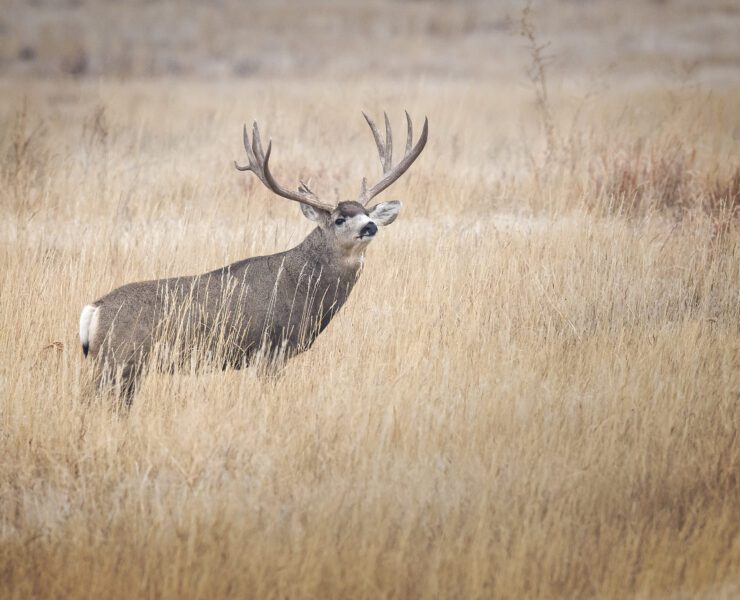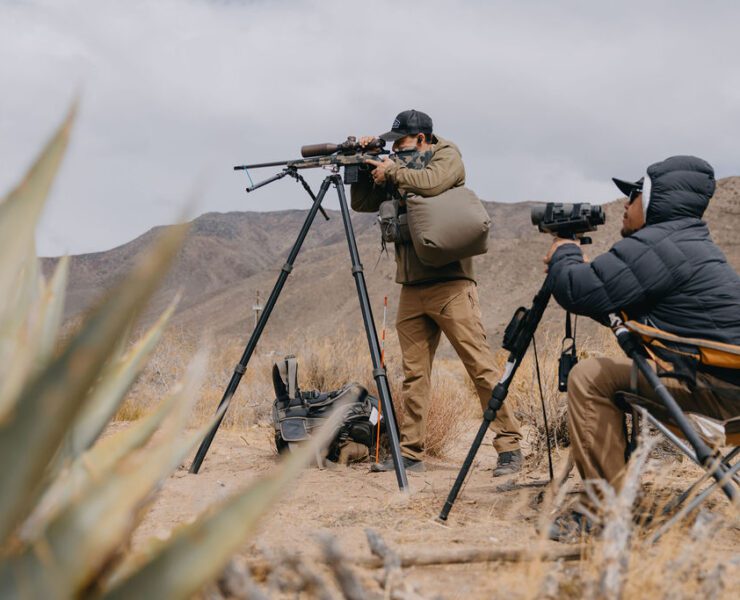Habitat
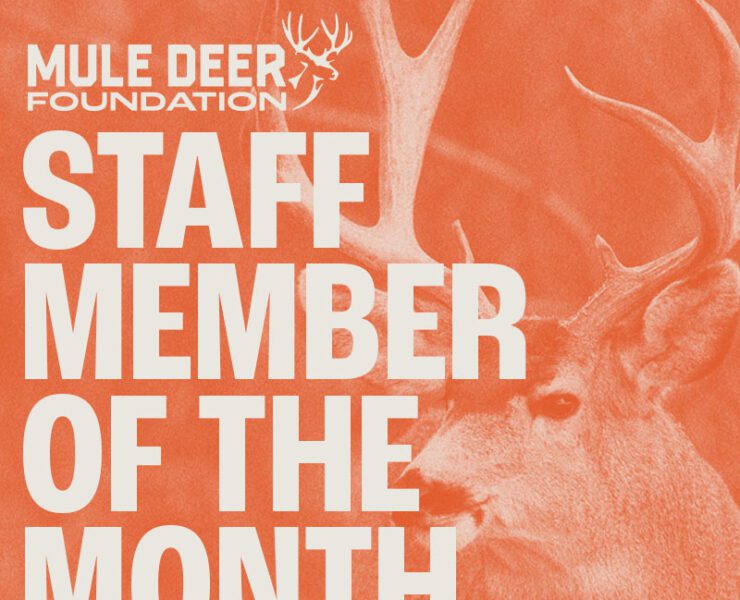
Wildlife of the west are facing increasing threats to their continued existence. Grace understands the importance of protecting this wildlife and the habitats that they rely on. She is passionate about ensuring that future generations can spot a mule deer in the sagebrush sea. Or see a herd of pronghorn run freely across the landscape. It’s up to all of us to work together to give back to the landscapes and wildlife that are an integral part of our American identity
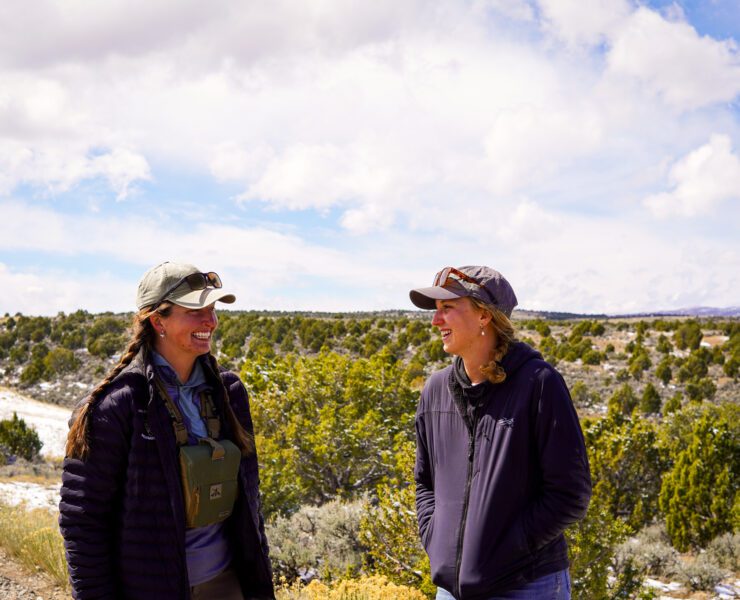
“People call this the Mule Deer Factory of Colorado!” she laughs. It’s an apt title: Mule deer in Rio Blanco County outnumber people by many thousands. They are surely hidden in the landscape here, along with many other creatures that depend on healthy sagebrush habitat—like greater sage-grouse, an enormous and ornate grouse species that is entirely limited to sagebrush.
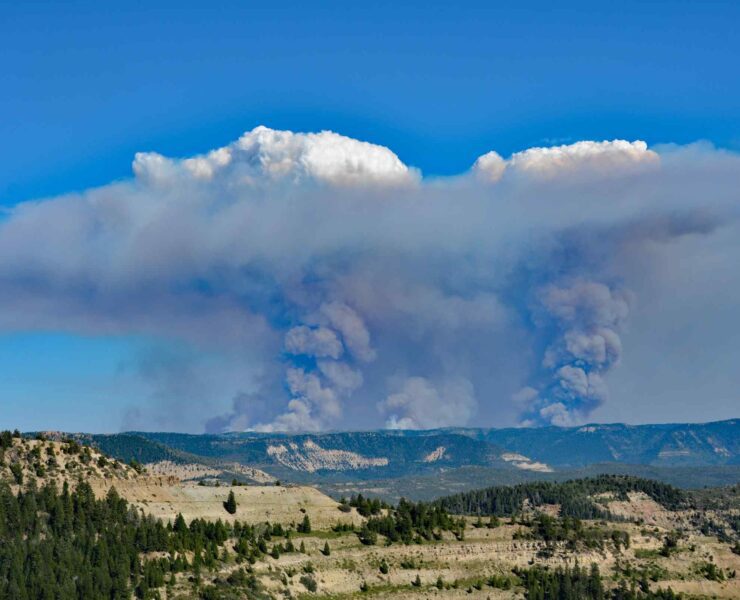
Wildfire is a powerful and often misunderstood force on the Western landscape. For mule deer, fire can be both a threat and a benefit. While flames may scorch winter range, destroy cover, and reduce food availability in the short term, fire also plays a regenerative role—creating lush, nutritious vegetation that deer depend on.
Understanding how wildfires affect mule deer habitat is critical to long-term conservation efforts. As wildfires increase in size and frequency, land managers and wildlife professionals must carefully weigh the risks and benefits to ensure mule deer populations remain healthy and resilient.
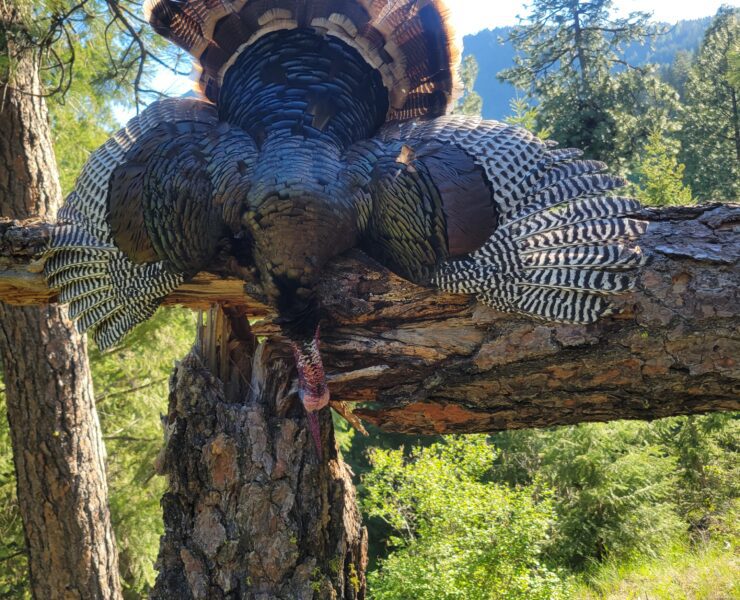
As the hot afternoon sun beat down on my face, a burning bead of sweat rolled its way down my forehead and found its way into my eye. It was a very unseasonably warm mid-May afternoon in Idaho. I had just hustled home from work, jumped into my camo ninja suit, and practically ran up the mountain to my honey hole, where I hoped to bag a late season gobbler. It was hot and dry, and to be honest, I was very much doubting the likelihood of success.
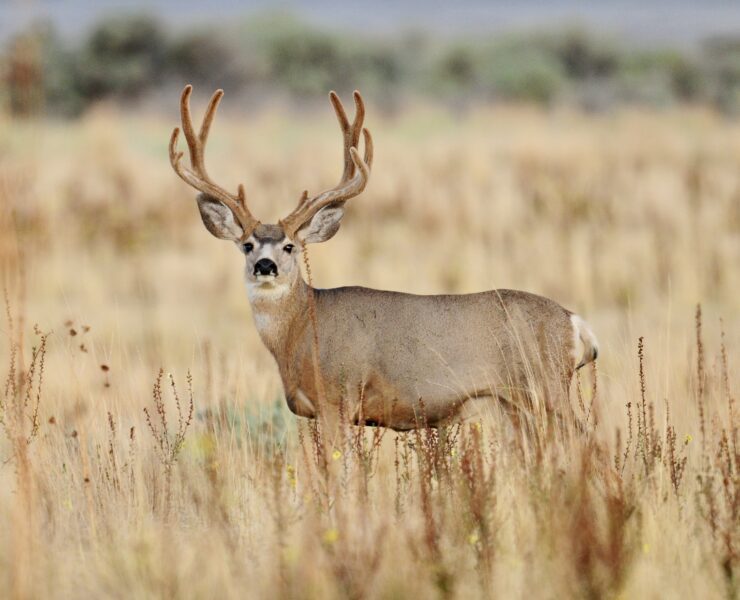
f you’ve spent any time on the eastern prairie breaks or the steep ridges of western Montana, odds are you’ve crossed paths with mule deer. They’re woven into the landscape here. To we fortunate few who have invested in this land these critters are not just as a game animal, but a part of what makes the West wild. Like a lot of things in Montana, their story is one of peaks, valleys, and a changing environment.
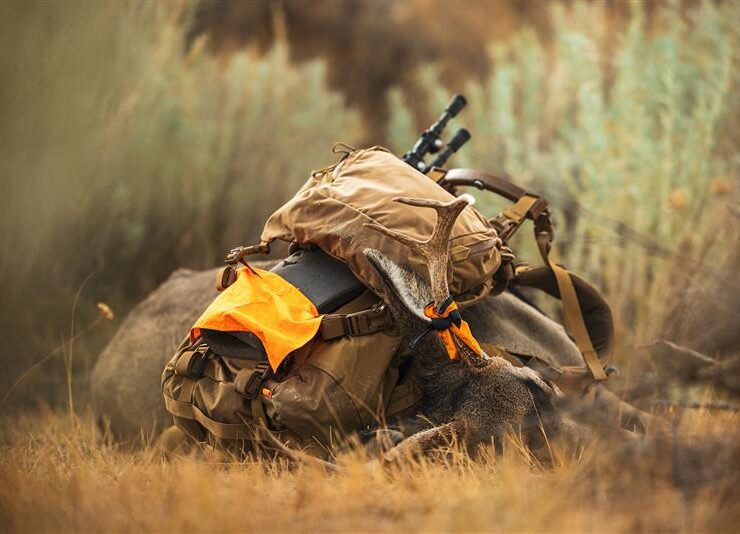
With tag draw results coming in across the West, odds are some of you are holding onto a hot tag and plotting your fall adventure. Whether it’s your first time chasing high country bucks or you’re a seasoned veteran heading back to your favorite canyon, the right gear can make all the difference between a successful, enjoyable hunt and a miserable slog. Lucky for you, you’ve landed in the right place; at the Mule Deer Foundation, we not only care about conserving the species we all love, but we also live this lifestyle 365 days a year.
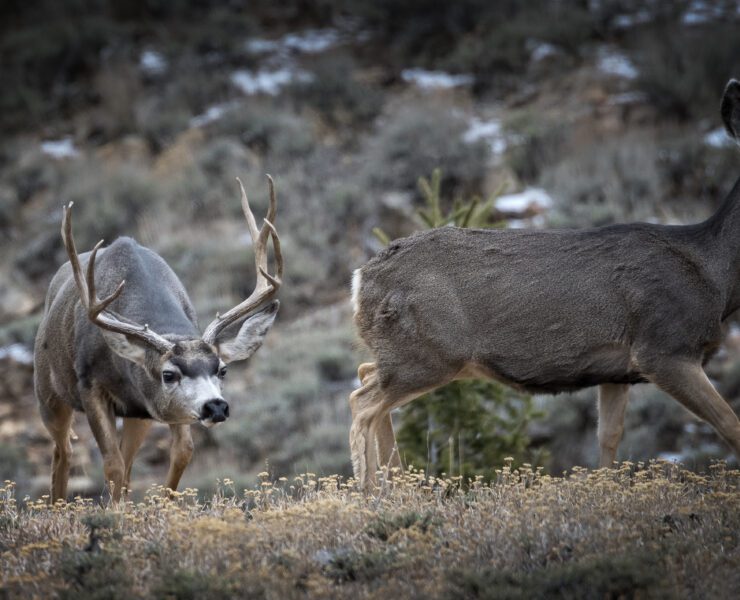
In 2024, the picture is complicated. In some places, there’s reason to be optimistic. States like Colorado, Wyoming, and Utah are seeing herds hold steady or even tick upward. Colorado’s herd alone is estimated at over 418,000 — a sign that habitat work, smart management, and a few well-timed wet years are starting to pay off.
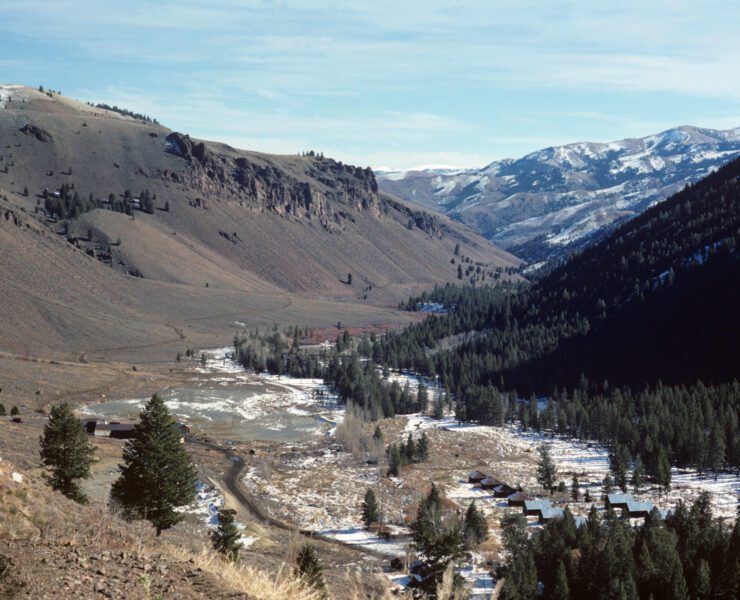
“The Mule Deer Foundation values America’s public lands, essential for our hunters’ access to pursue mule deer and black-tailed deer in the West. We are concerned about the Senate’s reconciliation bill provision mandating that potentially millions of acres would be sold or transferred, as it lacks transparency and public input. We urge a thoughtful, transparent process that safeguards our hunting heritage while addressing land management challenges.”


